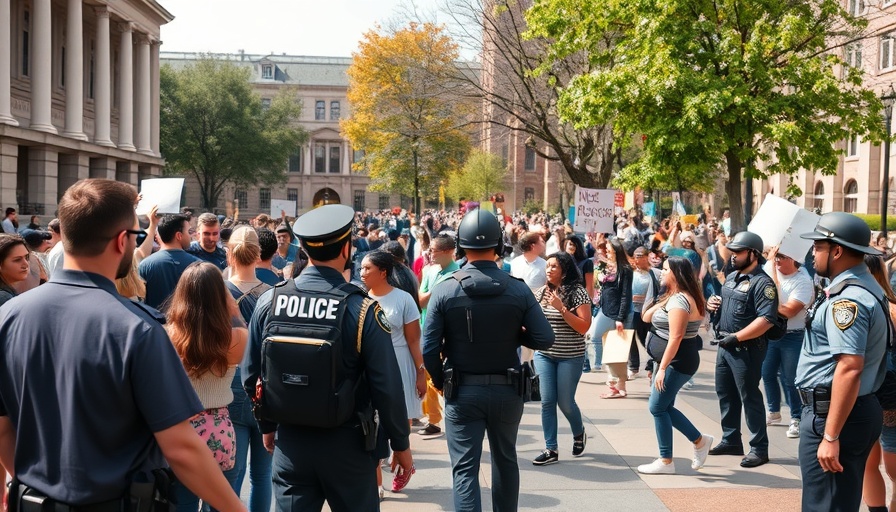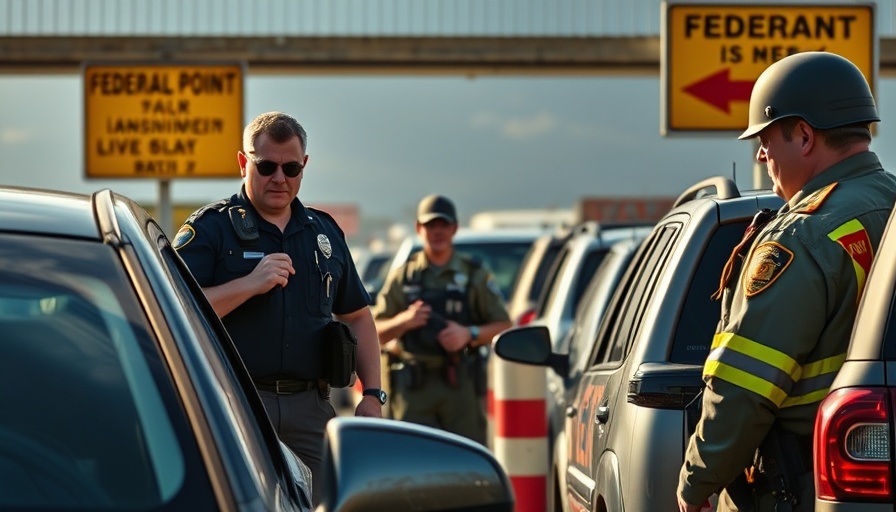
Understanding Police Stops: A Dual Role in Crime Control
In today's complex urban societies, police stops serve as a critical tool for controlling crime. In many megacities along China’s southeast coast, data-driven police tactics are being refined using sophisticated algorithms to enhance their effectiveness. However, it requires more than data; understanding the dynamics of these stops is essential for improving community safety and trust.
Key Factors Influencing Police Stops
The recent study elaborates on four primary factors influencing police stops: alarm signals, visiting populations, criminal activities, and engagement from governmental agencies. This multifaceted understanding allows police departments to tailor their approaches, ensuring that resource allocation is pertinent and strategic.
Classifying Police Stop Types for Better Execution
By applying hierarchical clustering, researchers delineated police stops into five categories, including composite and random stops. The classification enables law enforcement to focus their efforts on "Composite Stops Positively Associated With Alarm, Visiting Population, and Criminals" (AVC-CPS), which are likely to yield more effective results in crime deterrence.
The Impact of Community Engagement on Policing
Engagement with the community, especially in areas with high visitation rates, can be vital. In light of procedural justice strategies, community involvement enhances trust between the police and the populace, subsequently improving the efficacy of policing measures. This interaction not only allows for better data collection but also empowers citizens to become part of the solution in crime prevention.
The Future of Policing Innovations
As the landscape of public safety continues to evolve, technological advancements such as body camera footage, crisis intervention strategies, and recruitment innovations will play significant roles. This integration of technology facilitates transparency and accountability, fostering a healthy police-community relationship, which is paramount in modern law enforcement.
Conclusion: Moving Forward with Evidence-Based Strategies
In synthesizing these insights, it’s clear that both strategic planning and community collaboration are essential in augmenting the efficacy of police interventions. By understanding the factors that influence police stops, departments can craft both effective and acceptable policing strategies that enhance public safety. Policymakers must take action to build on this research, implementing policies that genuinely reflect community needs.
To foster meaningful change in policing, it is imperative for agencies to adapt their reform strategies, focusing on accountability, transparency, and community involvement. Engage with your local police department to support initiatives that champion safety and trust.
 Add Row
Add Row  Add
Add 

 Add Element
Add Element 


Write A Comment